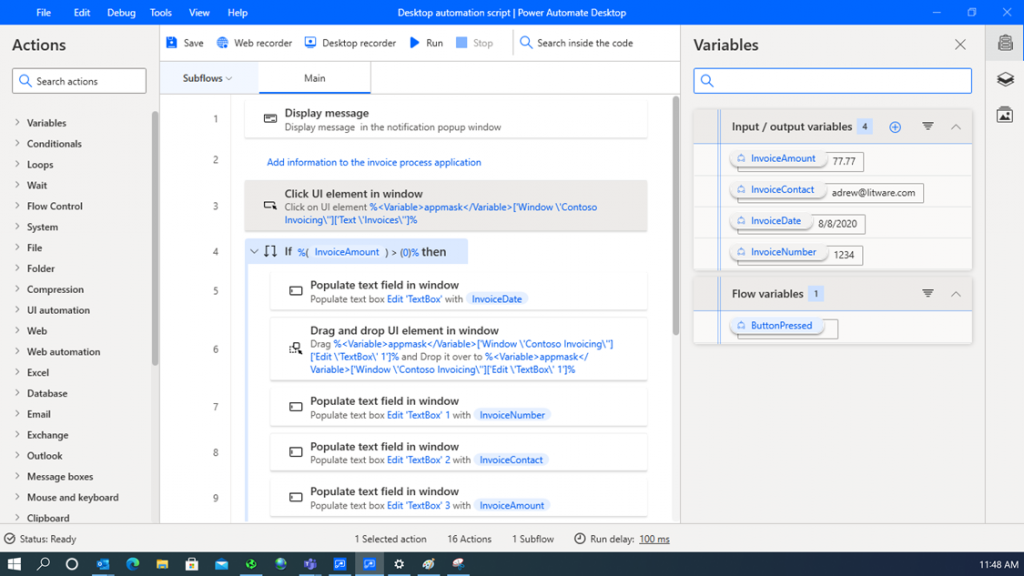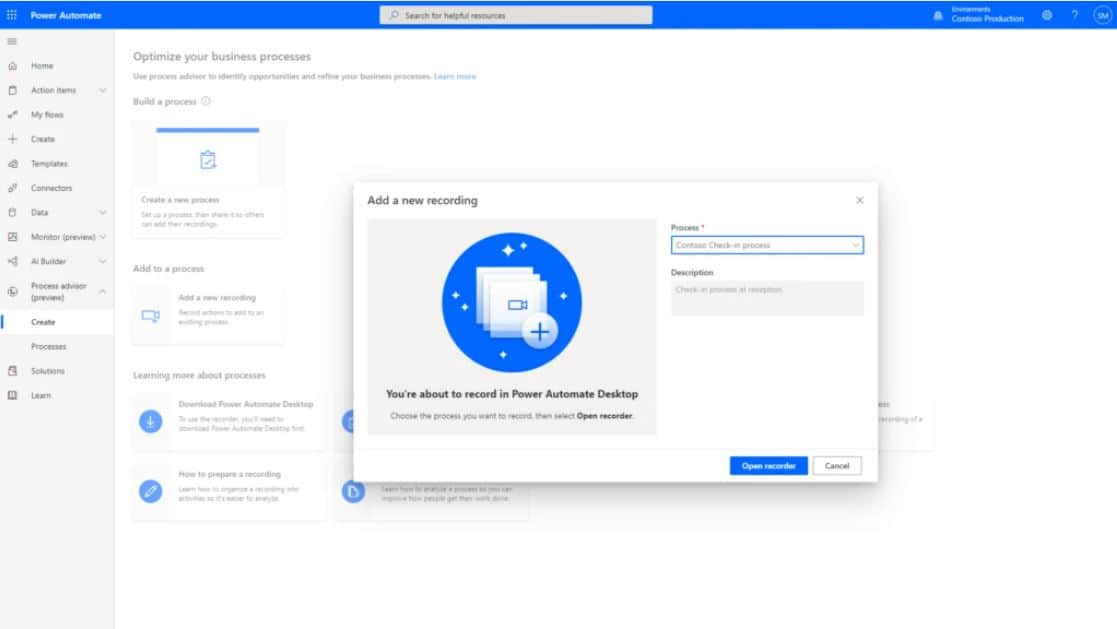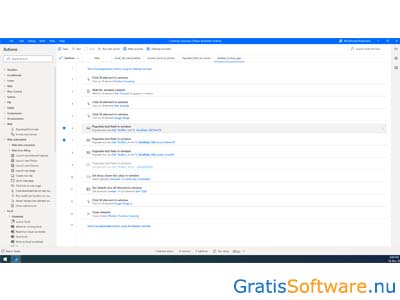

Look at Flows as shortcuts for in-app actions, such as Excel, Word, or PDF files, in addition to desktop, cloud, and text automation.Ī good example of an Excel Flow is one that is explained during the app’s tutorial. For example, if you want your internet browser to open several websites first thing in the morning, you can create what Microsoft calls a “Flow.”įlows require little to no coding experience, making them perfect for anybody wanting to automate tasks. In more understandable terms, Power Automate is a desktop application you can use to schedule and run repetitive and uncomplicated tasks.

We will learn Every action step by step with basic examples.According to Microsoft, Power Automate is a platform meant to “broaden the existing robotic process automation (RPA) capabilities to automate all mundane tasks.” But that’s a massively vague and confusing statement that undersells its potential.


This course is for everyone (Beginners, Intermediate ,Experts), how wants to learn Power Automate Desktop step by step about Desktop flows, creating automated steps, and flow development essentials.īy the End of the course, you will be able to :ġ) Introduction to the Power Automate DesktopĤ) Working with Variable Actions (Set Variable, Truncate Number, Get Random Numbers, Increase Variable, Decrease Variable, Create New List, Add Item to List, Remove Item From List, Clear List, Remove Duplicate items from List, Reverse List, Shuffle List, Merge Lists, Subtract Lists, Find Common List items)ĥ) Working with Conditional Actions (If and Else, If, Else If, Switch, Case, Default Case, If File / Folder Exists and If Process )ġ1) Work with Compression Actions (Zip and Unzip Files)ġ4) working with Email Automation Actionsġ5) working with Outlook Automation Actions


 0 kommentar(er)
0 kommentar(er)
